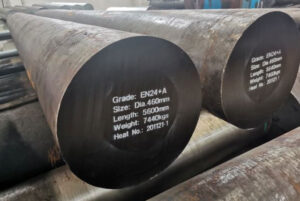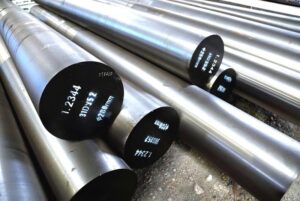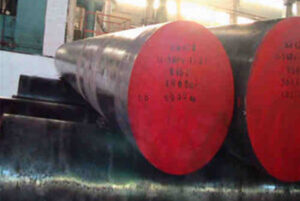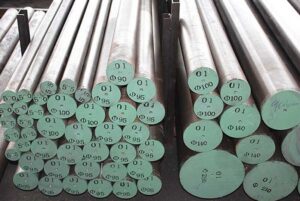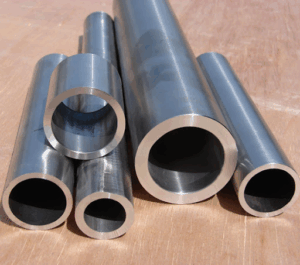hen it comes to durable, corrosion-resistant materials, AISI 316 stainless steel is a top choice. This guide delves deep into the specifics of AISI 316 stainless steel, from its composition and properties to its applications and variations. Whether you’re a seasoned engineer or a curious DIY enthusiast, this comprehensive guide will answer all your questions about AISI 316 stainless steel.
Overview of AISI 316 Stainless Steel
AISI 316 stainless steel, often referred to simply as 316 SS, is an austenitic stainless steel known for its exceptional corrosion resistance and strength. It belongs to the 300 series of stainless steels, which are distinguished by their high chromium and nickel content. The addition of molybdenum further enhances the corrosion resistance, making it suitable for use in harsh environments.
Key Details of AISI 316 Stainless Steel
- Type: Austenitic stainless steel
- Composition: High chromium, nickel, and molybdenum content
- Properties: Excellent corrosion resistance, good mechanical properties, and high-temperature strength
- Applications: Widely used in marine, chemical processing, and medical industries
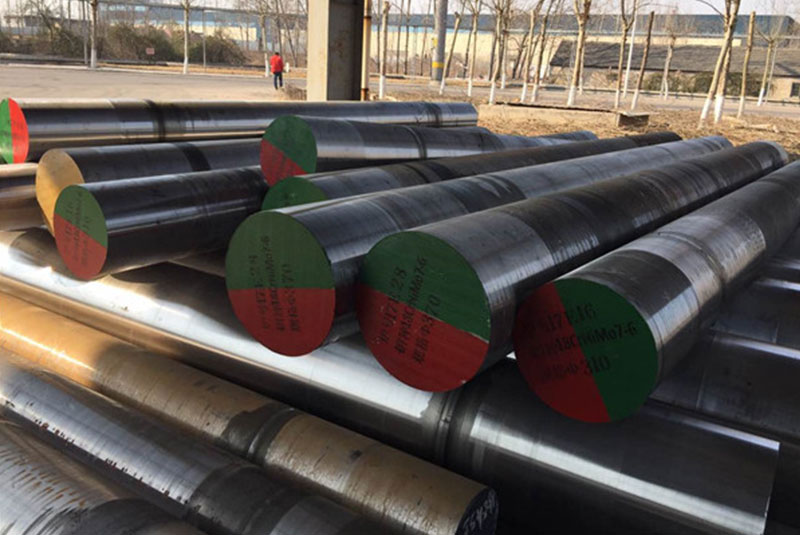
Composition and Properties of AISI 316 Stainless Steel
Understanding the composition and properties of AISI 316 stainless steel is crucial for selecting the right material for your project. Here’s a detailed look at its chemical makeup and physical characteristics.
Thành phần Hóa học
| Nguyên tố | Tỷ phần trăm |
|---|---|
| Crôm (Cr) | 16.0 – 18.0% |
| Niken (Ni) | 10.0 – 14.0% |
| Molypden (Mo) | 2.0 – 3.0% |
| Carbon (C) | ≤ 0.08% |
| Manganse (Mn) | ≤ 2.0% |
| Silicon (Si) | ≤ 0.75% |
| Phốt pho (P) | ≤ 0.045% |
| Lưu huỳnh (S) | ≤ 0.03% |
| Sắt (Fe) | Cân bằng |
Physical Properties
| Tài sản | Giá trị |
|---|---|
| Độ đặc | 7.99 g/cm³ |
| Melting Point | 1371 – 1399 °C (2500 – 2550 °F) |
| Độ bền kéo | 515 – 690 MPa |
| Độ bền kéo | 205 MPa |
| Hệ số đàn hồi | 193 GPa |
| Thermal Conductivity | 16.3 W/m·K |
| Electrical Resistivity | 0.00074 Ω·cm |
| Hardness (Brinell) | 149 |
Tính Chất Cơ Học
| Tài sản | Annealed Condition |
|---|---|
| Độ bền kéo | 515 – 690 MPa |
| Độ bền kéo | 205 MPa |
| Độ giãn dài | 40% |
| Độ cứng | 149 (Brinell) |
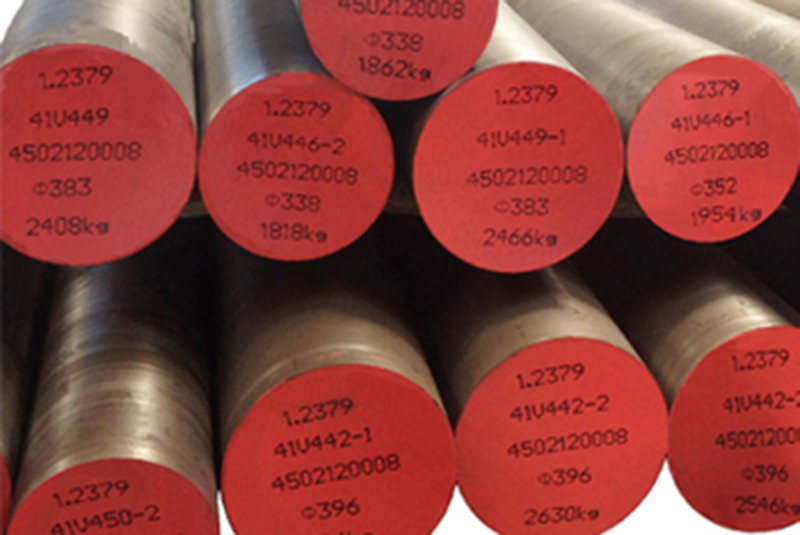
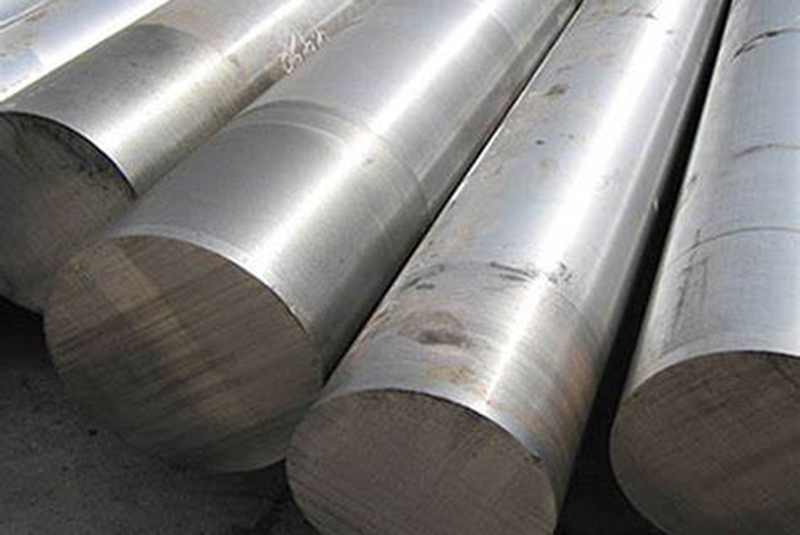
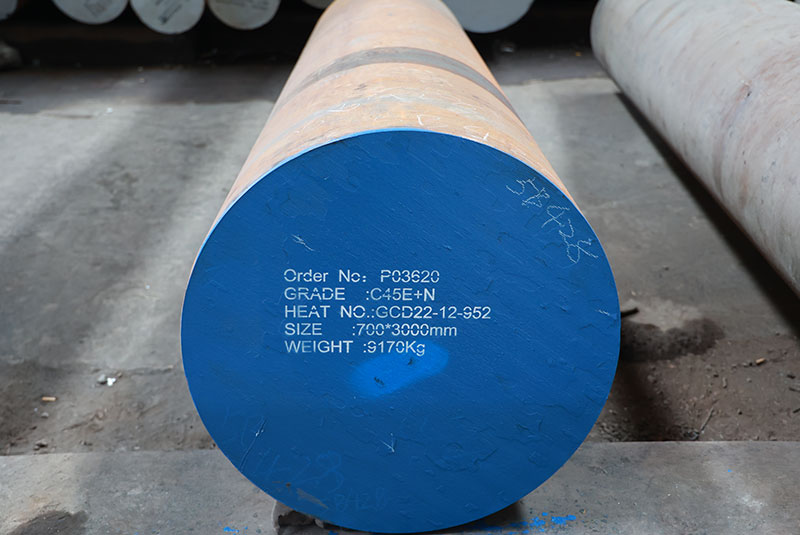
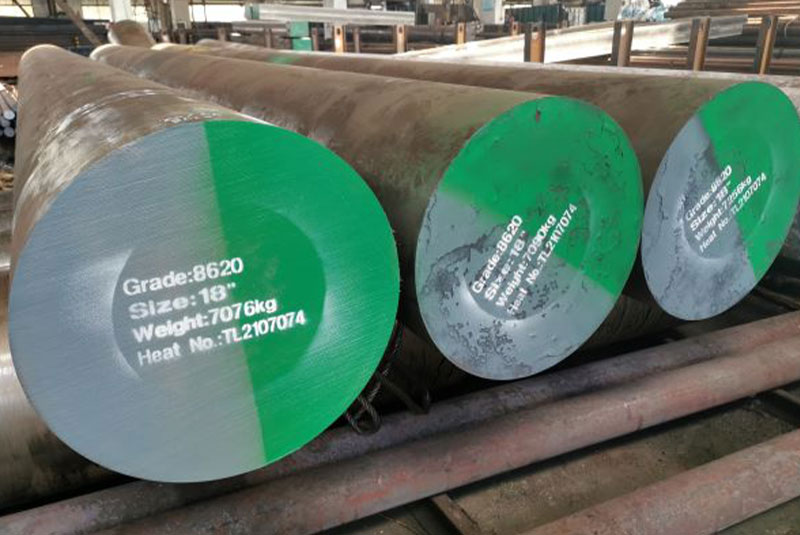
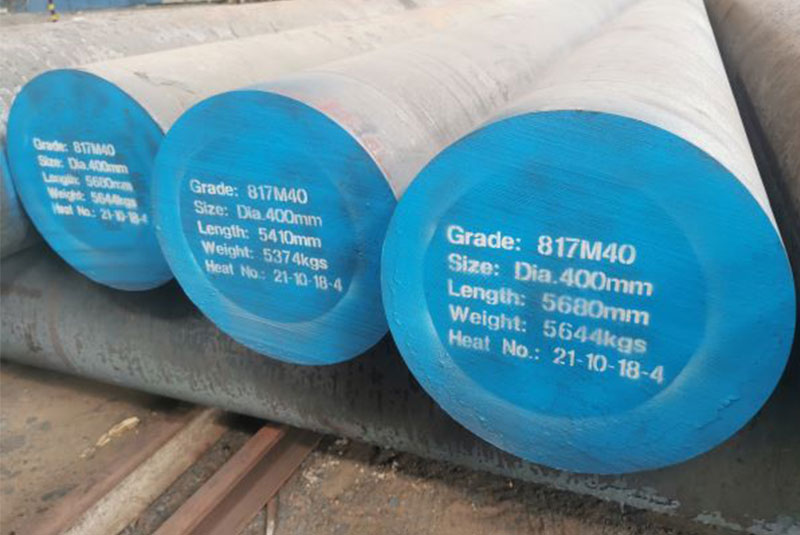
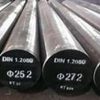
Characteristics of AISI 316 Stainless Steel
The unique characteristics of AISI 316 stainless steel make it stand out among other materials. Let’s explore these in detail.
Khả năng chống ăn mòn
AISI 316 stainless steel offers superior resistance to corrosion, particularly against chloride environments that can cause pitting and crevice corrosion. This makes it ideal for use in marine environments and chemical processing industries.
Strength and Durability
With high tensile and yield strength, 316 SS maintains its structural integrity under high stress. It also exhibits excellent toughness at low temperatures, making it versatile for various applications.
Tính Chịu Nhiệt
AISI 316 stainless steel retains its strength and resists scaling at high temperatures, making it suitable for use in high-temperature environments up to 870°C (1600°F).
Weldability and Formability
This alloy is known for its excellent weldability and formability. It can be welded using all standard methods and is easily formed into complex shapes.
Applications of AISI 316 Stainless Steel
AISI 316 stainless steel’s properties make it suitable for a wide range of applications. Here’s a detailed look at where this versatile material is commonly used.
Marine Applications
Due to its excellent resistance to seawater and salt, AISI 316 stainless steel is widely used in marine applications, including:
- Boat fittings
- Marine hardware
- Coastal architectural structures
Xử lý hóa chất
Its resistance to chemical corrosion makes 316 SS a popular choice in the chemical industry for:
- Chemical tanks
- Heat exchangers
- Valves and pumps
Thiết bị y tế
The biocompatibility of AISI 316 stainless steel allows it to be used in medical devices and surgical instruments, such as:
- Surgical implants
- Orthopedic implants
- Medical tools
Food and Beverage Industry
316 SS is also employed in the food and beverage industry due to its non-reactive nature and ease of cleaning, which are critical for maintaining hygiene. Common uses include:
- Food processing equipment
- Brewery tanks
- Milk processing facilities
Thiết bị công nghiệp
AISI 316 stainless steel is used in various industrial equipment where durability and corrosion resistance are required, including:
- Industrial mixers
- Pulp and paper processing equipment
- Oil and gas refining equipment
Specific Metal Powder Models of AISI 316 Stainless Steel
For those working in additive manufacturing or powder metallurgy, selecting the right metal powder is crucial. Here are some specific AISI 316 stainless steel powder models with their descriptions.
1. EOS StainlessSteel 316L
- Description: This metal powder is designed for use in EOS additive manufacturing systems. It offers high corrosion resistance and excellent mechanical properties.
- Applications: Ideal for medical implants, dental tools, and high-performance engineering components.
2. Carpenter Additive 316L
- Description: A fine metal powder used in 3D printing, it provides excellent corrosion resistance and mechanical properties, suitable for a range of industries.
- Applications: Aerospace, automotive, and chemical processing parts.
3. Sandvik Osprey 316L
- Description: This powder offers superior consistency and is optimized for additive manufacturing. It is known for its excellent corrosion resistance and mechanical properties.
- Applications: Industrial components, medical devices, and food processing equipment.
4. LPW Technology 316L
- Description: Known for its high quality and consistency, LPW Technology’s 316L powder is used in various 3D printing applications requiring excellent corrosion resistance.
- Applications: Aerospace, medical implants, and automotive parts.
5. Praxair TruForm 316L
- Description: Praxair’s TruForm 316L powder is designed for optimal performance in additive manufacturing, offering high strength and corrosion resistance.
- Applications: Marine parts, chemical processing equipment, and industrial components.
6. GKN Hoeganaes AncorAM 316L
- Description: This powder is engineered for additive manufacturing, providing excellent mechanical properties and corrosion resistance.
- Applications: Aerospace, automotive, and medical industries.
7. AP&C (Arcam) 316L
- Description: This high-quality powder is produced using advanced atomization techniques, ensuring superior performance in additive manufacturing.
- Applications: Medical implants, industrial tools, and high-performance engineering components.
8. Metalysis 316L
- Description: Metalysis 316L powder is known for its high purity and consistency, making it ideal for critical applications in various industries.
- Applications: Chemical processing, food and beverage equipment, and medical devices.
9. Höganäs 316L
- Description: Höganäs offers a high-quality 316L powder with excellent flowability and mechanical properties, suitable for various additive manufacturing processes.
- Applications: Automotive, aerospace, and industrial applications.
10. Renishaw 316L
- Description: Renishaw’s 316L powder is designed for use in their metal 3D printing systems, providing high corrosion resistance and strength.
- Applications: Medical devices, industrial components, and marine hardware.
Specifications, Sizes, Grades, and Standards of AISI 316 Stainless Steel
Choosing the right specifications, sizes, and grades of AISI 316 stainless steel is essential for meeting specific application requirements. Here’s a detailed breakdown.
Thông số kỹ thuật
| Specification | Description |
|---|---|
| ASTM A240 | Standard specification for chromium and chromium-nickel stainless steel plate, sheet, and strip for pressure vessels and general applications. |
| ASTM A312 | Standard specification for seamless, welded, and heavily cold worked austenitic stainless steel pipes. |
| ASTM A276 | Standard specification for stainless steel bars and shapes. |
| ASTM A666 | Standard specification for annealed or cold-worked austenitic stainless steel sheet, strip, plate, and flat bar. |
Sizes and Forms
| Form | Available Sizes |
|---|---|
| Plate | Thickness: 3.18 mm to 101.6 mm |
| Sheet | Thickness: 0.4 mm to 6.35 mm |
| Bar | Diameter: 6 mm to 457 mm |
| Pipe | Diameter: 10.3 mm to 610 mm |
| Tube | Diameter: 6 mm to 323.9 mm |
Grades and Variants
| Hạng | Description |
|---|---|
| 316L | Low carbon variant for improved weldability. |
| 316H | High carbon variant for high-temperature strength. |
| 316Ti | Stabilized with titanium for improved resistance to sensitization. |
Tiêu chuẩn
| Standard | Description |
|---|---|
| ISO 9001 | Quality management systems requirements. |
| EN 1.4401 | European standard for 316 stainless steel. |
| JIS SUS316 | Japanese Industrial Standard for 316 stainless steel. |
Suppliers and Pricing Details of AISI 316 Stainless Steel
Finding the right supplier and understanding pricing is crucial for procurement. Here are some leading suppliers and pricing details for AISI 316 stainless steel.
Suppliers
| Nhà cung cấp | Description |
|---|---|
| AK Steel | Major manufacturer of stainless steel products. |
| Outokumpu | Global leader in stainless steel production. |
| Aperam | Specializes in stainless, electrical, and specialty steels. |
| ThyssenKrupp | Leading supplier of high-quality stainless steel. |
| Sandvik Materials Technology | Renowned for high-performance materials. |
Pricing Details
| Product Form | Price Range (USD) |
|---|---|
| Plate | $2,500 – $3,500 per ton |
| Sheet | $2,200 – $3,000 per ton |
| Bar | $3,000 – $4,000 per ton |
| Pipe | $4,000 – $5,500 per ton |
| Tube | $3,500 – $5,000 per ton |
Prices can vary based on the supplier, market conditions, and specific requirements such as size, grade, and finishing.
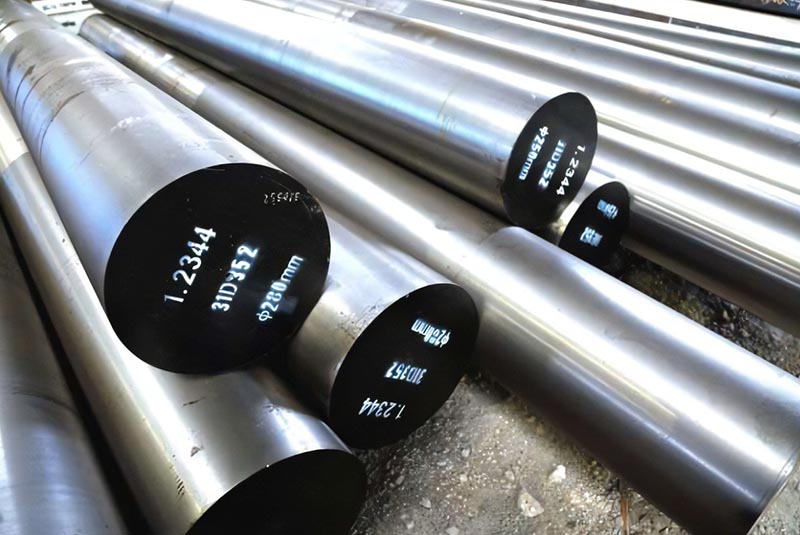
Comparing Pros and Cons of AISI 316 Stainless Steel
Before choosing AISI 316 stainless steel for your project, it’s important to weigh its advantages and disadvantages. Here’s a detailed comparison.
Ưu điểm
| Advantage | Description |
|---|---|
| Khả năng chống ăn mòn | Superior resistance to corrosion, especially in chloride environments. |
| Sức mạnh | High tensile and yield strength, suitable for demanding applications. |
| Durability | Excellent durability and toughness, even at low temperatures. |
| Tính Chịu Nhiệt | Retains strength and resists scaling at high temperatures. |
| Khả năng tương thích sinh học | Safe for use in medical applications. |
| Weldability and Formability | Easy to weld and form into complex shapes. |
Nhược điểm
| Disadvantage | Description |
|---|---|
| Chi phí | More expensive compared to some other stainless steels. |
| Work Hardening | Tends to work harden, which can make machining difficult. |
| Magnetism | Although mostly non-magnetic, it can become slightly magnetic when cold worked. |
| Maintenance | Requires regular cleaning to maintain its aesthetic appearance. |
Câu hỏi thường gặp
What is AISI 316 stainless steel?
AISI 316 stainless steel is an austenitic stainless steel alloy known for its high corrosion resistance and strength, commonly used in harsh environments.
What makes 316 stainless steel different from 304 stainless steel?
The key difference is the addition of molybdenum in 316 stainless steel, which enhances its corrosion resistance, especially against chlorides and industrial solvents compared to 304 stainless steel.
Is 316 stainless steel suitable for marine applications?
Yes, 316 stainless steel is highly suitable for marine applications due to its excellent resistance to seawater and salt corrosion.
Can 316 stainless steel be welded?
Yes, 316 stainless steel has excellent weldability and can be welded using all standard methods.
What are the common forms of 316 stainless steel available in the market?
Common forms include plates, sheets, bars, pipes, and tubes, each available in various sizes and specifications.
How does the cost of 316 stainless steel compare to other materials?
316 stainless steel is generally more expensive than other types of stainless steel, such as 304, due to its enhanced properties and corrosion resistance.
What industries commonly use 316 stainless steel?
Industries such as marine, chemical processing, medical, food and beverage, and industrial manufacturing commonly use 316 stainless steel.
Is 316 stainless steel magnetic?
In its annealed condition, 316 stainless steel is generally non-magnetic, but it can become slightly magnetic when cold worked.
How should 316 stainless steel be maintained?
Regular cleaning with mild detergents and warm water is recommended to maintain the material’s appearance and prevent corrosion buildup.
Where can I purchase AISI 316 stainless steel?
You can purchase AISI 316 stainless steel from major suppliers such as AK Steel, Outokumpu, Aperam, Thyssenkrupp, and Sandvik Materials Technology.
In conclusion, AISI 316 stainless steel stands out for its exceptional properties, making it a preferred choice across various industries. From its superior corrosion resistance and high strength to its excellent formability and weldability, it offers numerous benefits for demanding applications. Understanding its composition, properties, and applications can help you make an informed decision for your next project.

